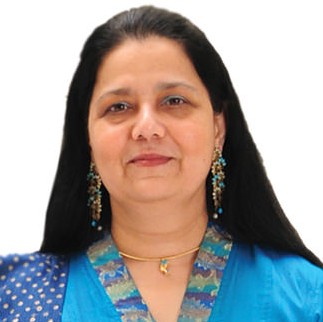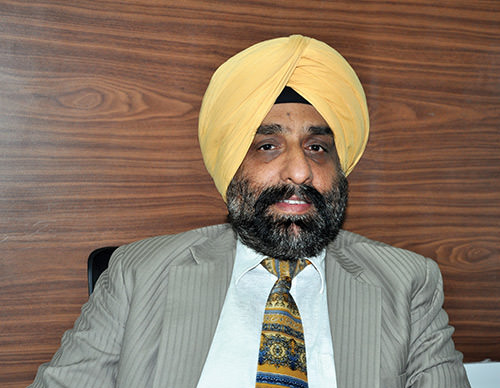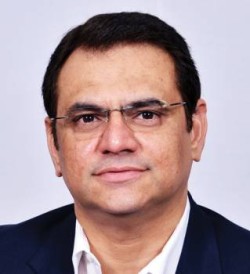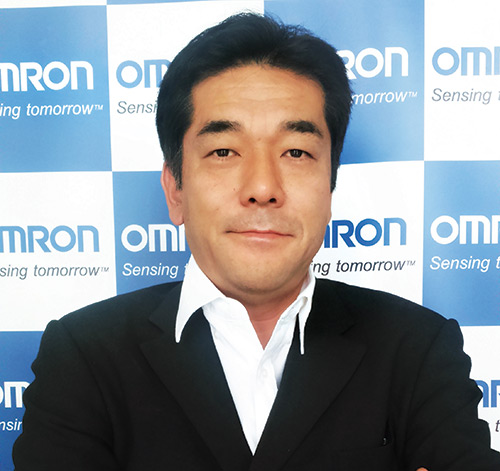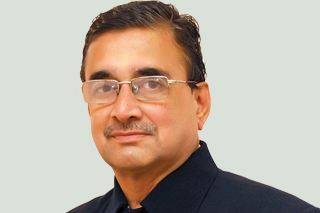
Michael Sullivan,Vice President, Healthcare Solutions, Schneider Electric, is dedicated to energy management and patient safety in healthcare. In conversation with Shahid Akhter, ENN he discusses the infrastructural challenges and the need for hospitals to innovate and integrate technology

With almost two decades of experience in healthcare facilities, how would you describe the most vital challenges facing hospitals today?
Not just in India but around the world, hospitals and health care organizations are faced with identical issues of conflicting priorities.Let me focus on some of the basic issues that tend to derail the healthcare infrastructure.
Hospitals today, are the second most energy-intensive buildings fol- lowed by restaurants, and they are on the rise. This financial burden ” in addition to an aging world population and increasing energy costs” add to the mounting pressure on healthcare organizations to do more with less without compromising quality of care.
In US alone, almost 20,000 people die of hospital infections acquired while in the hospital. Reducing the risk of hospital acquired infection, as well as other potential risks, like power failures, is crucial in ensuring a high quality of patient care and maintaining the organizations reputation.In US alone, almost 20,000 people die of hospital infections acquired while in the hospital. Reducing the risk of hospital acquired infection, as well as other potential risks, like power failures, is crucial in ensuring a high quality of patient care and maintaining the organizations reputation.
Noncompliance with regulatory standards is a stepping stone to disruption in operations, poor quality of care, safety issues, and substantial fines. With the increase in energy demand, many countries are requiring healthcare facilities to focus on carbon output and meet mandates for energy reductions.
Hospitals are open round the clock and those visiting are often under a great stress when life and health are at stake. Violence, infant abductions, patient wanderings, and theft of drugs and hospital assets are major concerns.
Finally, patients satisfaction matters and it needs to prevail. The wellbeing of patients is a key to reducing length of stay and preventing readmissions. According to the American Society for Healthcare Engineering (ASHE), in green hospitals, patients are discharged an average of 2.5 days earlier compared to traditional hospitals.
How would you address these challenges ?

Lets take an example. There is an attempt to abduct an infant from a hospital ward. A hospital that has an integrated security system with real-time location system tracking can thwart the move.
Specific sequences can be implemented to protect the child. For instance, Staff would receive alerts so they can respond according to their standard operating procedures. Alarms would sound; access control systems would lock designated perimeters and internal doors to push the abductor to a staircase, where he or she can be apprehended. Video cameras can scan the area and send live camera feeds to security staff, as well as provide identification for police
Similarly, information can be hanessed from designated sections of the hospital by installing meters and sensors. Intelligent control, management and analytics can improve infrastructure efficiency and allow maintenance to be scheduled to reduce system down time. Rising energy costs and consumption can be intelligently monitored and controlled.
How about hospitals energy waste that may add to the burden on operating costs?
Hospitals are great guzzlers of energy. I recently attended Australian Healthcare Week and discovered that in Australia, hospitals were the number one consumers of energy in buildings and accounted for more than half of the emissions from Australian government buildings.
The result was transformation and now one can see a glaring example in Royal Childrens Hospital in Mel- bourne. It was built with both patients and the environment in mind, earning the hospital recognition as Australias first 5-star Green Star hospital.
We find that our customers find the greatest benefit and maximized savings when they implement a comprehensive energy management programs that address the following questions: What is my hospitals energy management strategy, how do I buy energy, how do I control energy, how do I optimize energy and finally how is my hospital performing against energy goals and benchmarks?
Schneider Electrics experience with hospital energy management shows that a comprehensive program can save more than 12 percent more energy when compared to just implementing.
How does one monitor the hospital data and analytics in a big hospital ?
One of the biggest challenges to improving operational efficiency is the sheer complexity of the systems it takes to run their buildings. Almost all hospital utives and managers are working across multiple systems “ patient room management, security, utilities management, energy management, and IT, to name a few. These systems operate independently and it is difficult to have a holistic view of of the entire scenario but now things have changed.
Today, hospitals have tools to dra-matically elevate how they measure, understand, and manage resources, the quality of care they deliver. An eagles eye view of the hospital with graphical user interfaces and mobile applications can help hospital managers and u tives to view the data they need while sitting behind a desk or on the go.
“Schneider Electrics experience with hospital energy management shows that a comprehensive program can save more than 12 percent energy“
Schneiders response to the emerging problems in hospitals ?
Tools such as Schneider Electrics StruxureWare for Healthcare integrates a hospitals systems that can help healthcare organizations trans- form from the status quo into a facility of the future.
New South Glasgow Hospital, for instance, is the largest critical care complex in Scotland. This new world- class hospital is already using compnents of StruxureWare for Healthcare to integrate its systems, including HVAC, lighting, fire, security, video surveillance and more, creating an intelligent hospital infrastructure. This integration and intelligence is fundamental to achieving efficient and sustainable hospital energy management, but also holds the potential to optimize overall operations through data transparency, ultimately improving patient care.
What makes Schneider Electrics StruxureWare so special ?
Schneider Electrics Schneider Electrics StruxureWare for Healthcare enables hospitals and healthcare facilities to see, measure and manage their entire hospital infrastructure. With our global experience, healthcare expertise, advance technology and dedication, we help hospitals im- prove their environment of care and the financial health through energy savings and improved infrastructure efficiency. StruxureWare for Healthcare includes software that monitors power to maintain 99.9 per cent availability, tests back up power systems, alerts maintenance staff to potential facility issues, and optimizes environment conditions to reduce the threat of HAIs.
Be a part of Elets Collaborative Initiatives. Join Us for Upcoming Events and explore business opportunities. Like us on Facebook , connect with us on LinkedIn and follow us on Twitter , Instagram.



